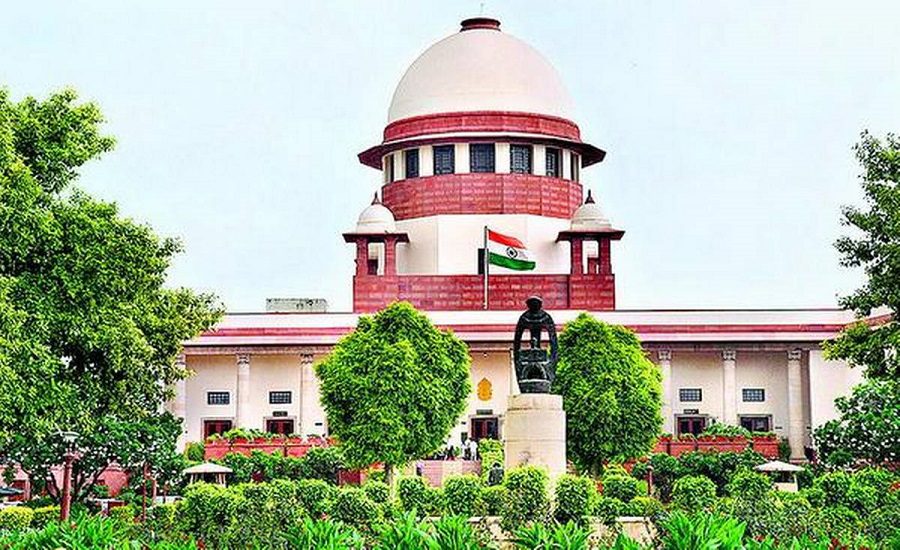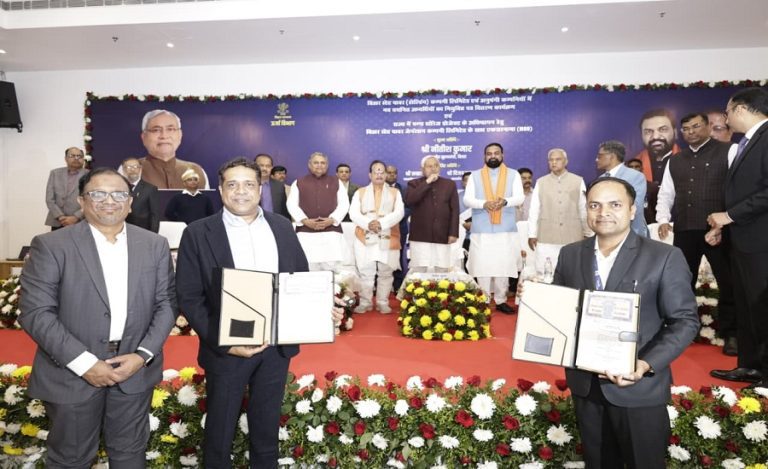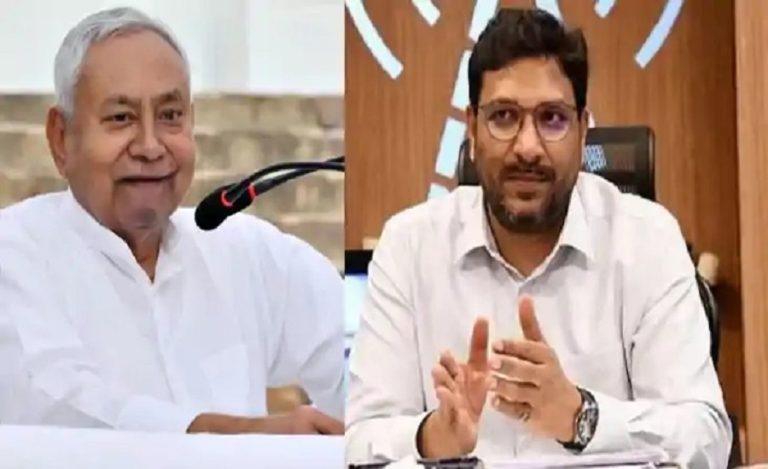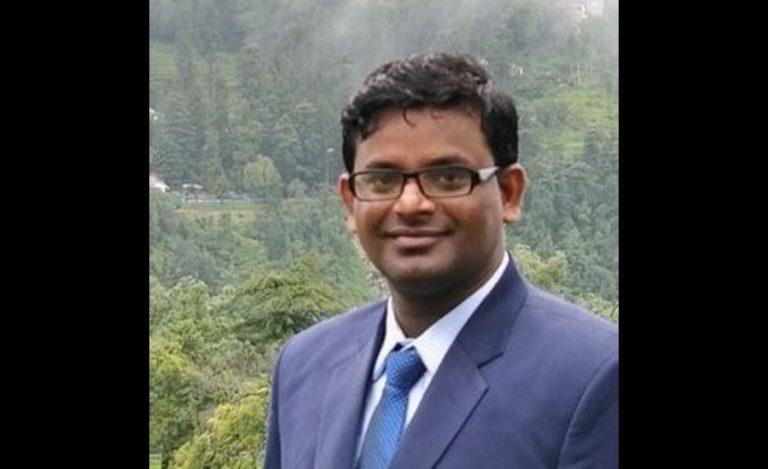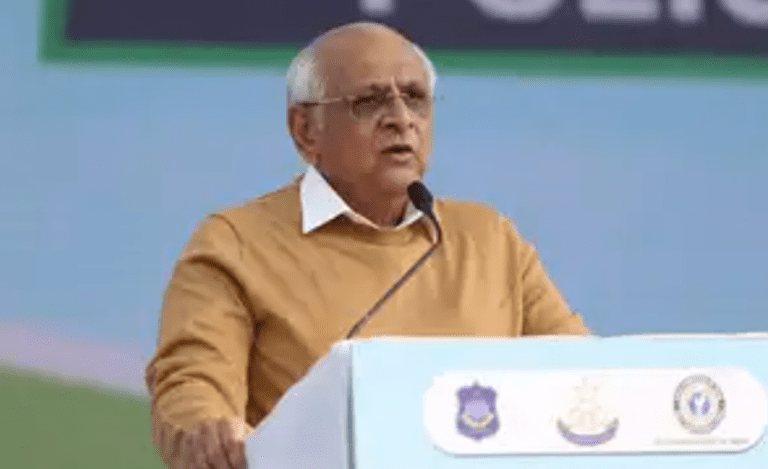New Delhi: The Union Government has officially notified the transfer of 11 high court judges across different states, marking a significant judicial reshuffle in the country’s higher judiciary.
The notification, issued on October 14, 2025, implements the recommendations made by the Supreme Court collegium earlier in August.
11 High Court Judges Transfer : Key Transfers at a Glance
The Department of Justice released separate notifications detailing the movement of judges between high courts. This reshuffle affects multiple states and aims to ensure better administration of justice across the nation.
Delhi High Court Gets Three New Judges
The Delhi High Court is set to receive three judges from different courts. Justice Avneesh Jhingan and Justice Dinesh Mehta will move from the Rajasthan High Court to Delhi. Additionally, Justice C Sudha from the Kerala High Court will also join the Delhi bench.
This strategic move comes at a time when Delhi High Court requires experienced judicial officers to handle its growing caseload. The transfers will help bridge the experience gap that currently exists in the court’s hierarchy.
Rajasthan and Karnataka Get Delhi HC Judges
In a reciprocal arrangement, two judges from Delhi High Court will move to other states. Justice Arun Monga has been transferred to the Rajasthan High Court, while Justice Tara Vitasta Ganju will join the Karnataka High Court.
These transfers ensure balanced representation and expertise distribution across different judicial zones in the country.
Andhra Pradesh High Court Receives Three Judges
Andhra Pradesh High Court will see significant strengthening with three new judges. Justice Cheekati Manavendranath Roy from Gujarat High Court, Justice Donadi Ramesh from Allahabad High Court, and Justice Subhendu Samanta from Calcutta High Court have all been transferred to Andhra Pradesh.
This move is expected to help the Andhra Pradesh High Court address its pending cases more efficiently.
Other Important Transfers
Justice Sandeep N Bhatt from Gujarat High Court has been transferred to Madhya Pradesh High Court. Justice Sanjay Kumar Singh will move from Allahabad High Court to Patna High Court.
In a notable transfer, Justice J Nisha Banu, currently the senior-most woman judge of the Madras High Court, will join the Kerala High Court.
Supreme Court Collegium’s August Recommendations
These 11 High Court Judges Transfer follow recommendations made by the Supreme Court collegium during meetings held on August 25 and 26, 2025.
The collegium, headed by Chief Justice of India B R Gavai and comprising Justices Surya Kant and Vikram Nath, had originally proposed the transfer of 14 high court judges.
The collegium system plays a crucial role in maintaining judicial independence while ensuring optimal functioning of courts across the country.
Constitutional Framework for Judicial Transfers
Under Article 222 of the Indian Constitution, the President has the power to transfer high court judges from one court to another. However, this power is exercised only after consultation with the Chief Justice of India.
The process involves multiple consultations. The CJI must seek views from the Chief Justice of the concerned High Court, the Chief Justice of the High Court where the judge is being transferred, and senior Supreme Court judges.
Importantly, the consent of the judge being transferred is not mandatory under constitutional provisions, though the collegium does consider personal circumstances when making recommendations.
11 High Court Judges Transfer for Better Administration of Justice
According to judicial sources, these transfers have been recommended primarily for “better administration of justice.” The strategic movement of experienced judges helps maintain judicial efficiency and ensures fair representation across different regions.
The transfers also help address workload imbalances between various high courts and bring fresh perspectives to different benches.
11 High Court Judges Transfer : Impact on Judicial Functioning
Legal experts believe that such periodic transfers are essential for the smooth functioning of the judiciary. They prevent stagnation, promote diversity of judicial thought, and help judges gain experience in different legal environments.
The transfer of senior judges like Justice J Nisha Banu also highlights the judiciary’s efforts to ensure experienced leadership across all high courts.
What Happens Next
The transferred judges are expected to take charge of their new postings in the coming weeks. They will receive compensatory allowances as per constitutional provisions to account for their relocation.
The vacancies created by these transfers will likely be filled through fresh appointments recommended by respective high court collegiums.
Background: The Collegium System
The collegium system, established through Supreme Court judgments in 1993 and 1998, governs judicial appointments and transfers in India. It ensures that the judiciary maintains its independence from executive interference.
For Supreme Court appointments, the collegium consists of the CJI and four senior-most judges. For high court appointments and transfers, it includes the CJI and two senior-most Supreme Court judges.
In 2015, the Supreme Court struck down the National Judicial Appointments Commission (NJAC), which was meant to replace the collegium system, calling it unconstitutional as it threatened judicial independence.

